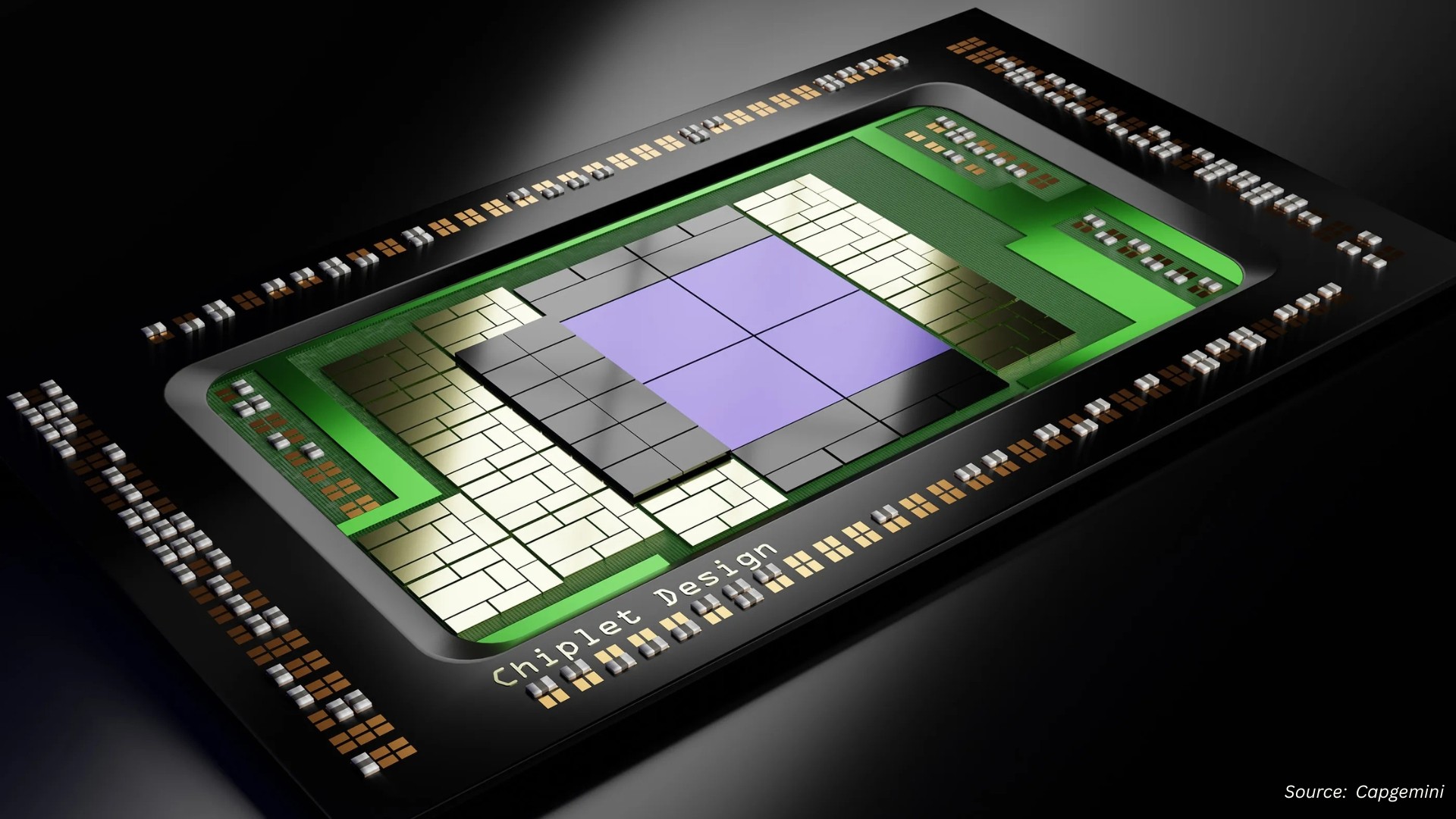Injection Molding Machine Market is expected to Reach USD 17.22 billion by 2030
Published: 2025-01-20
The shift towards making lightweight yet high-performance components is driving the demand for injection molding solutions.
According to a new research report by Next Move Strategy Consulting, the global injection molding machine market size was valued at USD 13.07 billion in 2023, and is expected to reach USD 17.22 billion by 2030, with a CAGR of 3.7% during the forecast period, 2024–2030.
The shift towards making lightweight yet high-performance components is driving the demand for injection molding solutions. This trend is gaining momentum across various industries as they prioritize reducing the weight of their products. Injection molding plays a crucial role in achieving this goal by allowing the creation of intricate designs using lightweight materials.
As there are strict regulations in sectors such as automotive and aerospace, there is a need to focus on reducing emissions and improving fuel efficiency. So, manufacturers are turning to lightweight materials. Injection molded materials are used to produce components that contribute to vehicle weight reduction.
Along with transportation, industries such as consumer electronics and packaging also benefit from injection molding. It enables the production of lightweight yet durable casings, enclosures, and housings. As electronic devices become more portable and eco-friendlier, the role of packaging becomes increasingly significant. Injection molding's ability to create detailed designs while using less material becomes an essential tool in this evolving landscape.
However, pursuing lightweight comes with challenges related to maintaining strength and durability. Injection molding addresses these challenges through advanced materials, innovative mold designs, and optimized processing methods. Manufacturers are investing in research and development activities to create materials that are both lightweight and possess the necessary mechanical properties, driving innovation in the injection molding machine industry.
Moreover, the growing awareness regarding sustainability and waste reduction has become pivotal for the injection molding machine market growth. Injection molding has emerged as a sustainable manufacturing solution by inherently curbing material wastage during production, thereby reducing the environmental impact.
This alignment with eco-conscious principles positions injection molding as a cornerstone in industries striving to minimize their ecological footprint. For industries embracing eco-friendly principles and aiming to reduce their environmental impact, injection molding becomes a crucial element. This method excels in efficiently injecting molten material into molds, resulting in minimal waste and high usable part yield. In contrast to traditional subtractive manufacturing techniques, such as CNC machining, injection molding stands out for its waste reduction capabilities. This conserves raw materials and eases the burden on waste disposal systems.
Furthermore, the energy efficiency of injection molding resonates with sustainability goals, consuming less energy and mitigating greenhouse gas emissions compared to certain alternative manufacturing techniques.
Continuous innovation in material science and molding technology further enhances its ability to deliver sustainable solutions without compromising on performance, making it a valuable asset in the drive toward a more environmentally responsible industrial landscape.
However, the growth of the injection molding machine market is hindered by the emergence of alternative manufacturing technologies such as 3D printing and additive manufacturing. These new methods offer unique advantages, attracting attention away from traditional injection molding. Industries prioritizing customization, rapid prototyping, and waste reduction are increasingly opting for 3D printing and additive manufacturing.
This shift in demand is affecting the injection molding machines market, especially in sectors where these alternatives better align with production needs. Consequently, manufacturers of injection molding machines face the challenge of adapting to changing market dynamics and finding ways to stay competitive as manufacturing technologies evolve.
On the other hand, the increasing demand for customized and personalized products across various industries, including consumer goods and electronics, is expected to present significant opportunities for the injection molding machine market in the future. These machines are well-suited to meet this trend as they can quickly switch between molds and efficiently produce small batches, enabling manufacturers to respond to the growing demand for customization.
This flexibility allows manufacturers to create products tailored to specific requirements and preferences, regardless of custom-designed consumer goods or electronics with unique features. Injection molding machines with such versatility are crucial in meeting consumer demands for personalized items.
Request for a Sample PDF on the Injection Molding Machine Market
According to the report, leading players operating in the injection molding machine market include Hillenbrand, Inc., Sumitomo Heavy Industries, The Japan Steel Works, NISSEI, Ube Industries, Ltd., ENGEL, ARBURG, Haitian International, Husky Injection Molding Systems, KraussMaffei Group, and others.
Key Insights from the Injection Molding Machine Market Report:
-
The information related to key drivers, restraints, and opportunities and their impact on the injection molding machine market is provided in the report.
-
The value chain analysis in the market study provides a clear picture of the role of each stakeholder.
-
The market share of the players in the global injection molding machine market along with their competitive analysis are provided in the report.
















Add Comment